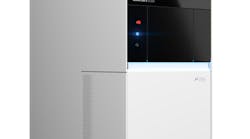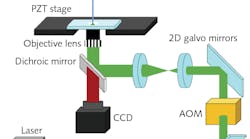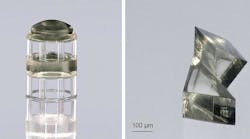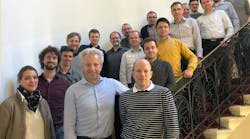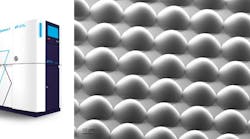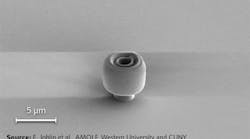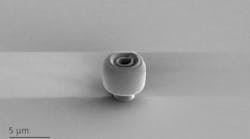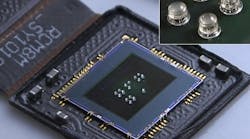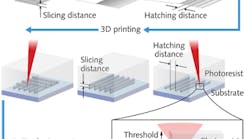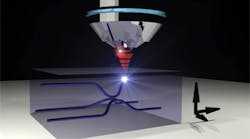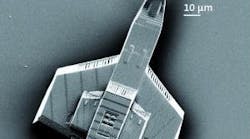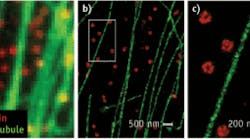Nanoscribe provides high-resolution 3D printers for microfabrication, photoresins and process solutions. The two-photon polymerization driven systems combine maskless lithography and additive manufacturing in one device. Applications: micro-optics, photonics, life-sciences, MEMS.
COMPANY OVERVIEW
COMPANY OVERVIEW
About Nanoscribe
Contact
Hermann-von-Helmholtz-Platz 6
Eggenstein-Leopoldshafen 76344
Germany
http://www.nanoscribe.comEggenstein-Leopoldshafen 76344
Germany
49-721-981-9800
49-721-981-980130
More Info on Nanoscribe
More Info on Nanoscribe
Articles
Articles
Buyer's Guide Listing Information
Buyer's Guide Listing Information
Click here for listing information and directions on how to add or update your company.
Request More Information From Nanoscribe
Request More Information From Nanoscribe
Additional content from Nanoscribe
Additional content from Nanoscribe

